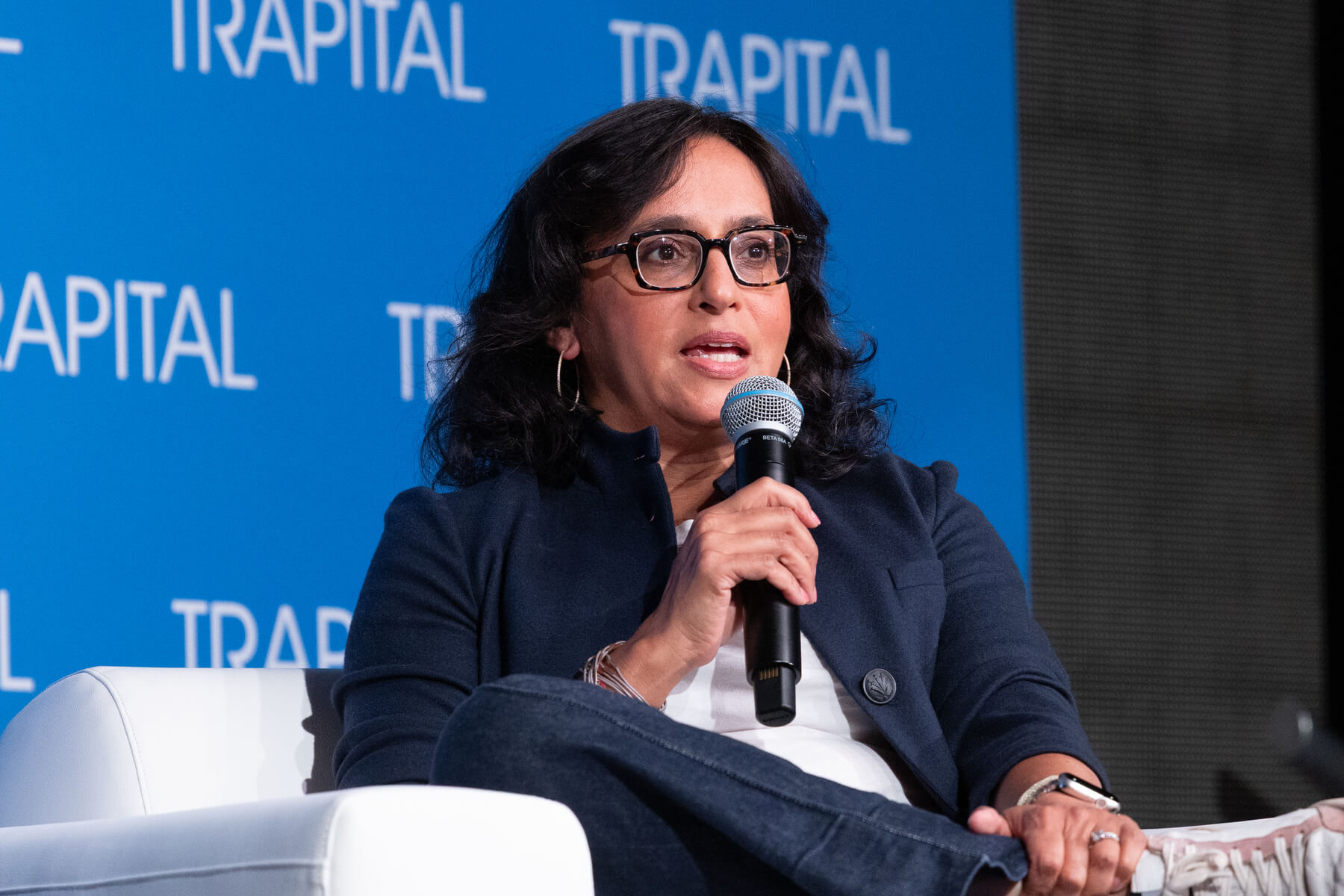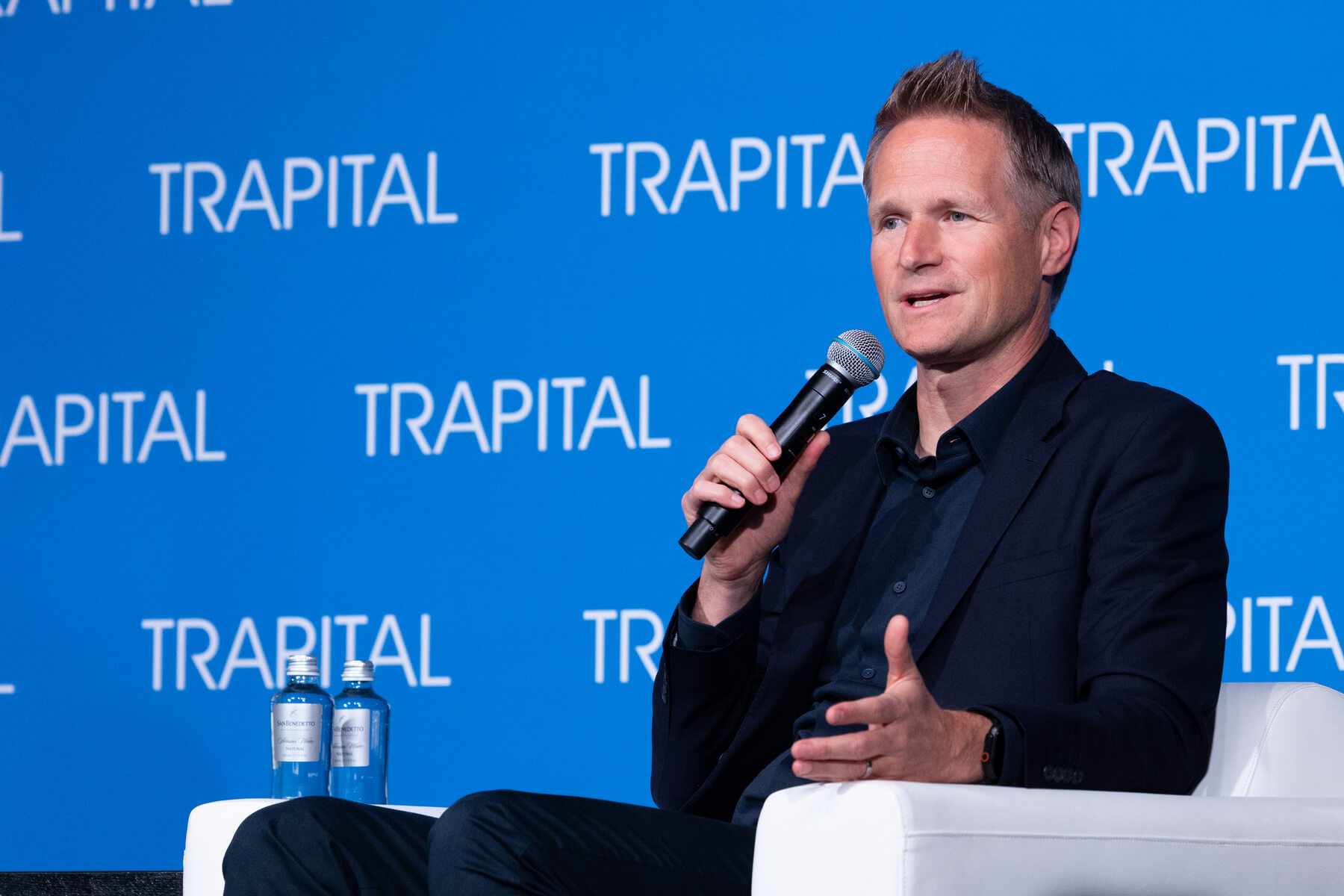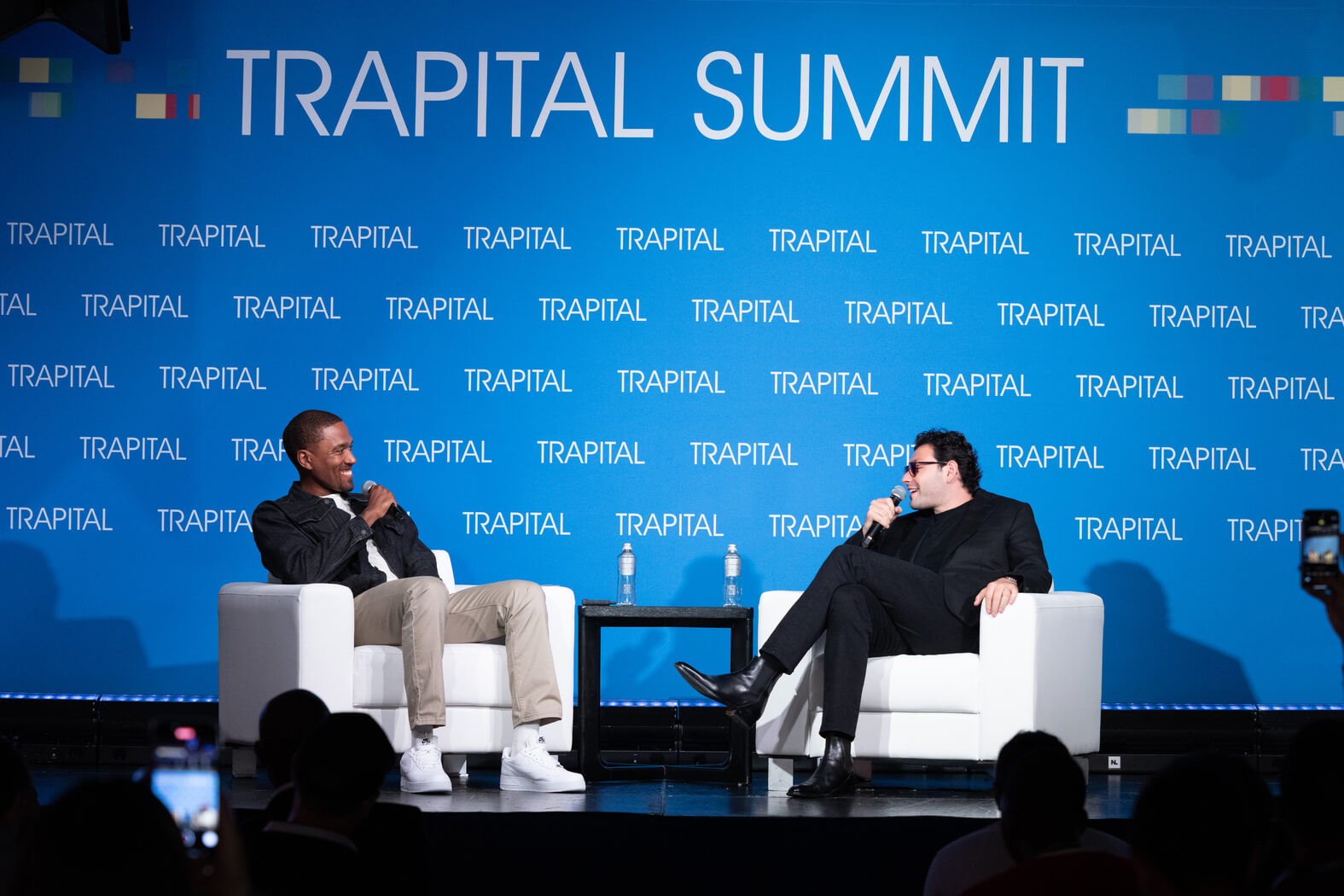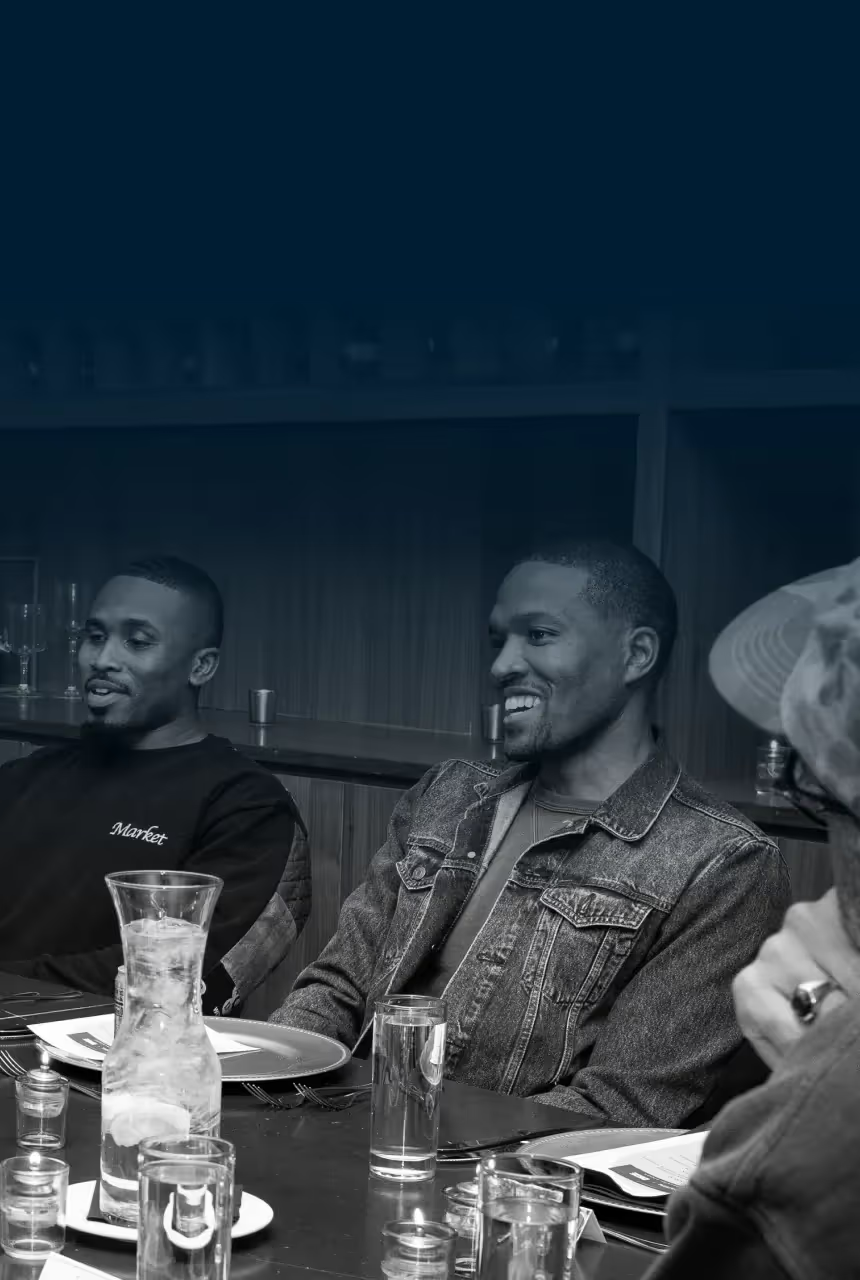Today’s episode is about one of the most important benchmarks of performance for the music industry: market share. It’s the quarterly scorecard for how popular a record label’s music is. The focus is ingrained and isn’t going anywhere. But for an industry that wants to evolve, is it too ingrained?
Here’s a short episode I recorded, under 20 minutes, that examines market share, why it still matters so much, and if it holds the industry back. You can listen here or read below for a few highlights!
Does the music industry care too much about market share?
Record labels celebrate market share gains in the same quarter their stock tanks. It's a contradiction that highlights how the industry operates like venture capital but gets measured like consumer packaged goods.
Music labels need to make asymmetric bets where one breakout can subsidize dozens of flops. But their key performance indicator is market share, a zero-sum game where a 0.1% gain for one label means a loss for others. When innovation gets viewed purely through the lens of gaining market share, it limits the scope of what's possible.
Part of this obsession is by design. In streaming, the revenue pool is directly tied to the share of streams that a record label's artist generates. The "black box" of streaming revenue that goes unclaimed gets divided up by a label's share. But the fixation with market share pre-dates streaming. It's ingrained in the days of album sales charts, #1 hits, radio spins, music video appearances, and more.
Record label bonuses and executive compensation are all tied to market share. I'll always remember Jay Z's quote on the "Diamonds From Sierra Leone" remix: "Bleek could be one hit away from his whole career, as long as I'm alive, he's a millionaire." Memphis Bleek and Jay were close in their Roc-a-Fella ties, but Jay was also Def Jam CEO at the time with a front-row seat to maintaining market share. The quote shows both sides - the loyalty to make those long-term bets and the pressure of market share metrics.
"Growing the pie" is the phrase we continue to hear about music. The leaders in the space want the money in music to match its cultural impact. But it's tough to grow the pie when your North Star is a zero-sum game.
There's also the opportunity cost. Yes, marketing and A&R spending are required for any frontline artist to break out, but if the money spent for an artist's place on the top of the charts puts a record label in a financial bind, then is it worth it? Could that money be used for R&D spending, a catalog acquisition, or to sit on dry powder for a more worthwhile bet?
What promising artists got dropped because they didn't move the market share needle fast enough? That neglected artist who just got dropped from their label could be the next Chappell Roan. An established act like Kendrick Lamar can go from an album with mixed reception like Mr. Morale & The Big Steppers to "Not Like Us" and GNX in just two years.
It's hard to model the potential for a rising artist to become the next global megastar, and how financially lucrative that may be. Music isn't like consumer packaged goods, where market share may matter for Clorox, but a successful product launch still has a ceiling. Bleach is bleach, a new formula won't start a cultural phenomenon. Music is more like a venture, where even the best portfolio construction model may underscore the breakout performer that can return an entire fund.
The industry needs those asymmetric bets to thrive. But when the metrics that drive decision-making are fundamentally at odds with the creative and financial realities of the business, something's got to give.
This is just a teaser. You should listen to our full episode on Trapital about market share. It's under 20 minutes! Hope you enjoy.
Listen here: Spotify | Apple Podcasts | Overcast
Chartmetric Stat of the Week
Morgan Wallen’s album I’m the Problem has been the top album on the Billboard 200 for 6 weeks (and counting) and has sold nearly 2 million units in the U.S. The album gives Republic Records a boost in market share during an off-cycle year for Taylor Swift’s releases. This is an example of how one superstar release can swing a label’s market share and balance out gaps from other artists on the roster.
.png)

.avif)







